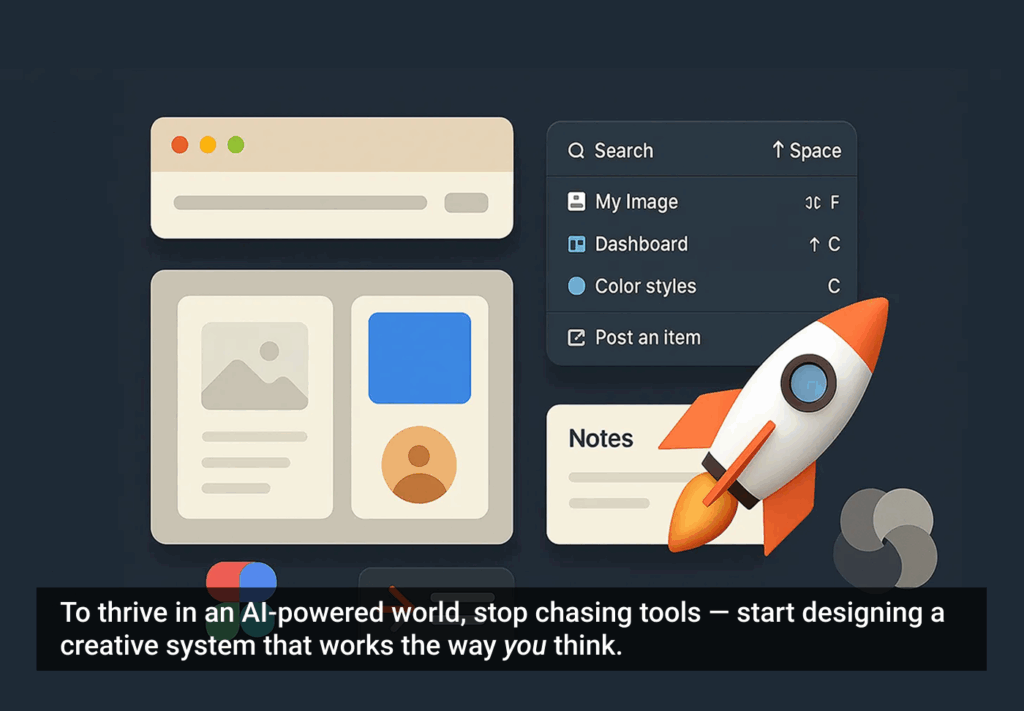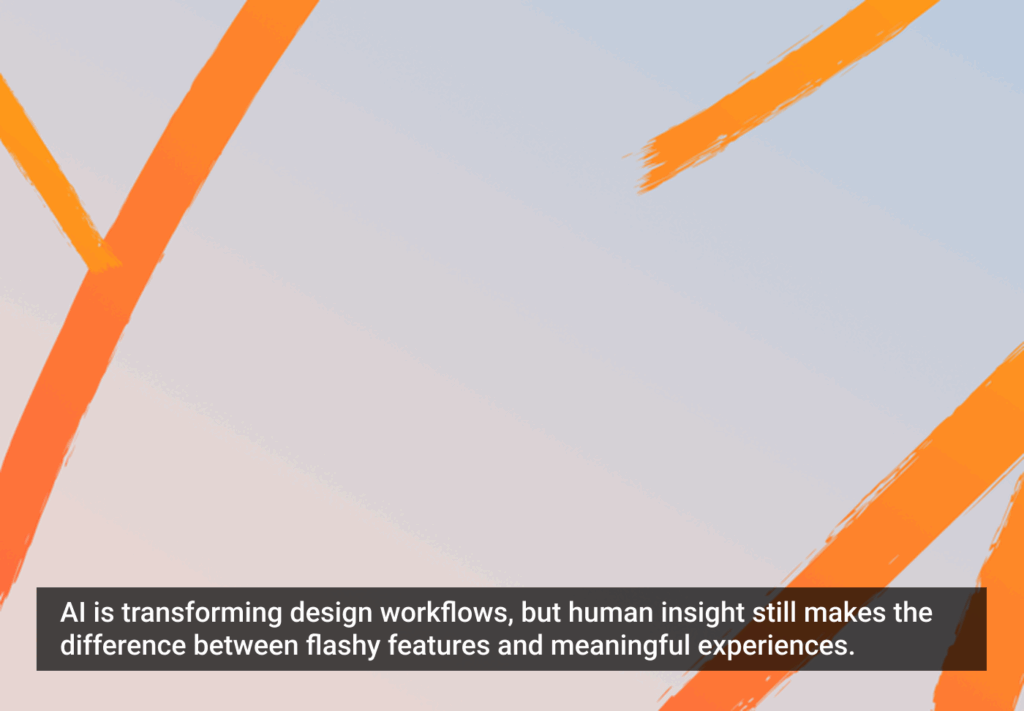Faced with a shortage of truly innovative mobile apps suited to the hospital environment, Boston’s Children’s Hospital has initiated an award program that encourages hospital staff to submit ideas on making the hospital experience better and more efficient.
According to a story published earlier this summer by Mobile Health News, seven apps have been developed and piloted at the hospital so far.
This is just one example of how the widespread adoption of mobile consumer technology is influencing healthcare. Mobile consumer technology entails two things: Devices such as tablets and smartphones that provide near constant connectivity; applications for work, leisure and entertainment that take advantage of this mobile connectivity.
According to the latest HIMSS Mobile Technology Survey, the proportion of clinicians using mobile technology to collect data at the bedside rose to 45 percent in 2012 from 30 percent the year before. Clinicians using mobile technology to monitor medical-device data increased to 34 percent from 27 percent, and those using bar-code readers on mobile devices rose to 38 percent from 23 percent.
But the vast majority of health-related apps are aimed at consumers. According to the Pew Internet Project, about 35 per cent of cell phone owners used their phones to look up health information in 2012, compared with 17 per cent the year before. A separate report from Research2guidance estimated 247 million mobile phone users downloaded health apps in 2012, nearly twice as many as in 2011.
What Do the Users Want?
This drive toward mobile access and convenience is empowering patients to take on a much greater role in their own care. The old model, in which medical professionals required patients to make in-person visits and limited the amount of information they would share with a patient, is fading fast.
Patients need easy-to-use apps designed with empathy for their states of mind.
On the clinician side, professionals want the ease of use and convenience of mobile technology at the bedside to reduce the risk of human error and streamline their workflow.
What these two solitudes have in common is the human factor: the emotional state of mind of the end user.
Why Does Emotion Matter?
With any technology, it’s vital to consider the emotional state of the end user and integrate this perspective into the design. Technology and functionality must always be balanced with emotion, and yet, emotion is often overlooked.
The emotional state of end users has a profound impact on their ability to use the technology. If the technology hasn’t been designed with this in mind, it will lead to frustration, mistrust, and poor rates of adoption.
Take, for example, a heart attack patient. After several weeks in the hospital, it’s time to go home. Months of recovery lay ahead. There are dietary restrictions, medications, exercise regimes, and a host of warning signs to watch for that could spark a quick return to the emergency room. It’s a time of great stress and uncertainty. Patients about to be discharged are typically briefed by nursing staff, and left with a pile of reference material in paper form.
Or what about a breast cancer patient only recently diagnosed? She, too, must deal with an overwhelming amount of information about medications, treatments, and outcomes at a time of great stress and fear. Her medical team will likely include an oncologist, a surgeon, a radiologist, and a legion of nurses and admin staff, all giving her more and more information.
In both of these scenarios, all of that information and reference material could be managed, synthesized, and accessed much more easily through one convenient portal. But the design of any such portal or related app must appreciate that the user will have little patience for complexity and may be enduring periods of poor mental awareness and focus. Patients need easy-to-use apps designed with empathy for their states of mind. They also need reliability and security.
It’s no different for the clinician. Things often happen fast in their world. They are the ultimate multitaskers, with dozens of things happening at once, and little, if any, margin for error. Mistakes can cost lives. In this context, reliability and security come before speed and efficiency.
[google_ad:WITHINARTICLE_1_468X60]
How Do we Include Emotion in the Process?
How do we accurately and efficiently discern, interpret, and design for the emotional state of an end user? There is also the issue of digital literacy. Young people who grew up with mobile technology, be they patient or clinician, are much more comfortable with apps and devices than their elders. How do we account for that in our designs?
There are two tools that are ideal: the journey map, for documenting a user’s experience (including interactions) with a piece of technology or service (or both); and the storyboard, which documents the disruption points in a healthcare professional’s workflow to be addressed by the technology.
First, however, product companies, designers, developers, and product managers must walk in the shoes of the intended end users to understand their goals and motivations, and the circumstances under which they will use the technology.
There are many ways to do this:
- Give users a device or an app for their feedback on the interface and the functionality to determine what they find difficult, easy or confusing
- Interview patients about their experiences with treatment and recovery to understand when their focus, alertness, and judgment may be compromised
- Shadow healthcare professionals and document the issues impacting their routines and duties
This due diligence allows user experience specialists to create the usage scenarios and user profiles that are the basis for both a journey map and a storyboard.
The Journey Map
A journey map, or experience map, provides a holistic and graphical overview of the various touch points a customer has with a brand or product. In the context of a healthcare app, it may begin with the first time users attempt to login, and proceed through their experiences with requesting or submitting information, completing certain tasks, and getting help if they run into a problem.
The great thing about the journey map is that it is a highly actionable document that pin-points where there could be a problem that degrades the user experience or imperils reliability and security. This could include any number of factors depending on the context, including forgotten usernames and passwords, typos in submitted information, mis-readings of blood pressure or blood sugar levels, or a search function that’s too cumbersome. Any issue, really, that could require support.
Because we’ve done the due diligence to understand how frazzled or frustrated the user may be at the time, we can think about how best to minimize the odds of these issues occurring through the design of the product, as well as how best to address them should they arise to ensure as painless a user experience as possible. We can also be quite specific in identifying the factors at each touchpoint that will lead to a positive experience or a negative one.
The Storyboard
A storyboard takes the concept of a journey map, but flips it around to focus instead on the workflow of a healthcare professional’s day.
With a storyboard, we can easily visualize the points in a day, or in a patient engagement, where a nurse or doctor may be distracted. For example, take the doctor who, in the midst of examining one patient, is interrupted by a page, a nurse asking a question, or a call from a pharmacy about a prescription. After taking a call, digging through paper charts, or giving instructions, it may be difficult to return to the original patient exam and remember what has or hasn’t been done. If all of this is visualized with a storyboard, it’s easy to see where there are risks of error and how frustration can take hold as the day wears on and fatigue sets in.
This makes it easy for the design team to see where technology can help doctors become more interruption-tolerant, by allowing them to easily save partial work, or have more readily available at their fingertips the information they are most commonly called upon to provide. In this way, developers come to appreciate how distractions impact the doctor’s ability to absorb information on a screen and make decisions, and how this is further affected by switching back and forth between different devices. This allows designers to create more holistic designs that fit within a broader workflow.
This isn’t Just for Designers
From user personas and usage scenarios to journey maps and story boards, understanding the emotional state of the end user, and the factors that are impacting it, is crucial to effective design.
But it isn’t just about the designers. Such intimate knowledge and empathy for the end user must be ingrained in every individual involved with the development project: from the developer, to the product manager, and even the chief technology officer of the industry client for whom the device or app is being developed.
Why? Because the due diligence process required to gather all of this intelligence can be quite time-consuming, and therefore sometimes costly. But the decision-makers in charge of the project’s purse strings must appreciate that this is a necessary investment. It’s the only way to maximize user adoption and user satisfaction, which ultimately drives the project’s ROI.
Image of doctor using tablet courtest Shutterstock







